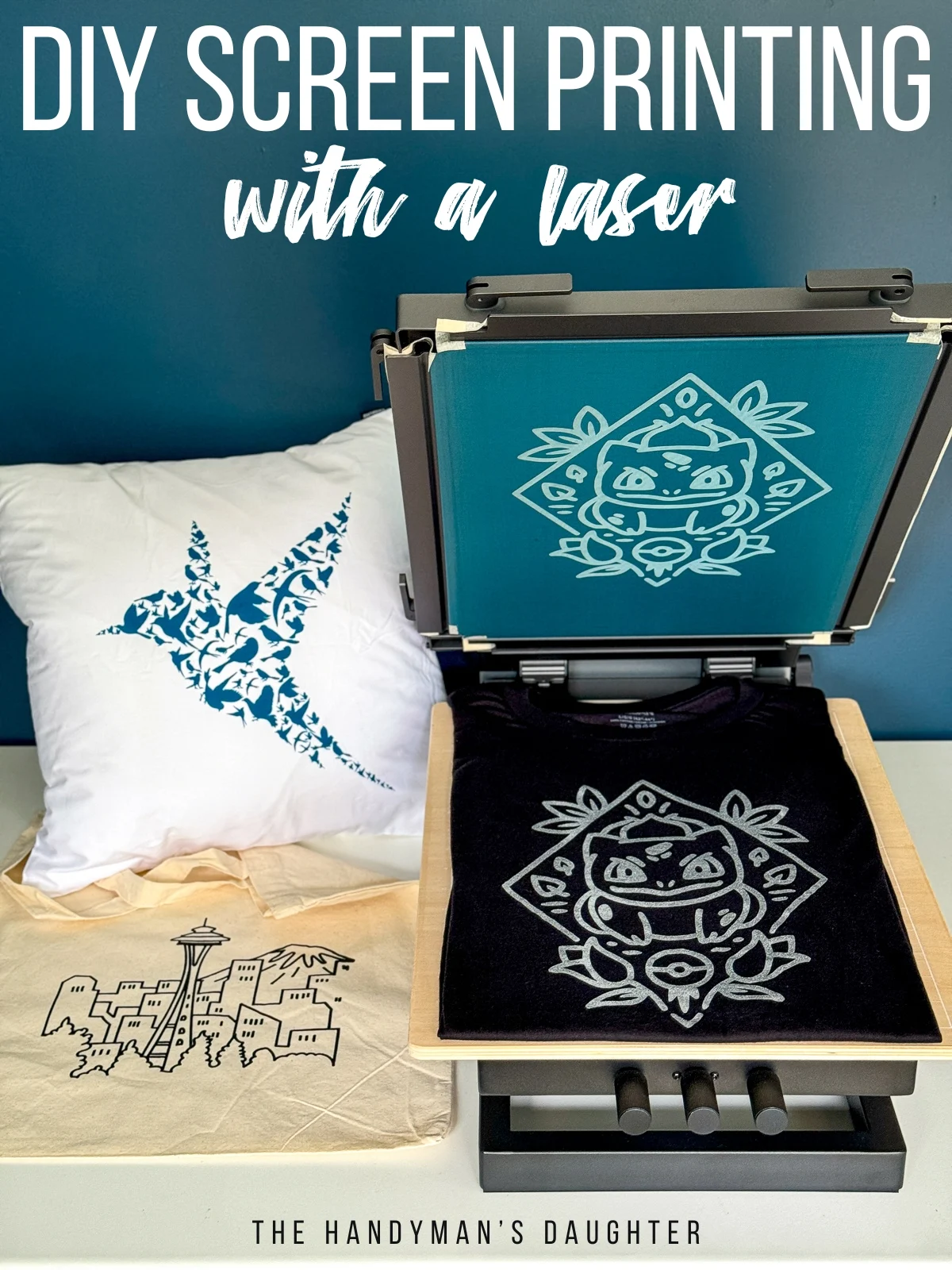The Essential Overview to Understanding Screen Printing and Its Versatile Makes use of
Screen printing has a rich history that goes back to ancient times, evolving right into an advanced technique utilized across numerous industries today. This overview explores the details of the screen printing process, describing its applications in home, fashion, and marketing décor - 10:9 Design Screen Printing. Recognizing these basics can open up creative capacity for both creative and business projects. The complying with areas will certainly disclose important ideas and strategies to enhance one's screen printing endeavors
The History of Screen Printing
Although screen printing has roots that trace back centuries, its development mirrors the artistic and technological developments of different societies. Coming from old China, the strategy was originally utilized for embellishing textiles and later spread to Japan, where it became essential to Ukiyo-e woodblock printing. The method shifted to Europe in the 18th century, where it gained popularity amongst craftsmens and industrial printers. The creation of picture emulsion in the 20th century reinvented screen printing, enabling for more intricate layouts and better performance. Artists like Andy Warhol even more pushed its popularity, using the tool to produce renowned works that combined commercialism and art. By the late 20th century, screen printing had developed itself as a flexible technique, employed in vogue, marketing, and fine art. Today, it proceeds to progress, integrating electronic innovation and expanding its applications throughout different industries.
The Screen Printing Process Explained
Screen printing transforms imaginative visions into concrete styles through a collection of specific actions. At first, a photo is produced and after that transferred onto a screen, usually made of fine mesh textile stretched over a structure. A light-sensitive emulsion is put on the screen, which is exposed to light, solidifying in locations not covered by the image. After cleaning out the unhardened solution, a pattern is formed.
Next, the screen is positioned over the substrate, whether it be material, paper, or an additional material. Ink is then pressed via the open areas of the stencil making use of a squeegee, transferring the design onto the substratum listed below. This procedure can be repeated for several shades, needing separate displays for each and every hue. Lastly, the published item is treated making use of warm to guarantee the ink adheres correctly, leading to a sturdy, vibrant style on-line.
Kinds of Screen Printing Techniques

Additionally, specialty techniques, such as discharge screen printing, remove dye from the fabric to create softer prints, while foil screen printing applies metallic foil to achieve a glossy coating (10:9 Design Embroidery). Each strategy supplies distinctive features, catering to numerous imaginative requirements and production scales, ultimately expanding the opportunities within the screen printing domain name
Applications of Screen Printing in Different Industries

In addition, the signage and advertising and marketing markets utilize screen printing for developing attractive display screens and banners. This method enables bold colors and elaborate styles that capture interest. In electronic devices, screen printing is used for applying conductive inks to circuit boards, necessary for component connections. Moreover, the home decoration industry accepts screen printing to generate distinctive styles on textiles and imp source wall surface art. Overall, screen printing serves as a crucial tool throughout varied areas, enhancing products with customized and aesthetically enticing graphics.
Tips for Successful Screen Printing Projects
While carrying out a screen printing job, mindful focus to detail can considerably improve the last end result. Initially, selecting premium products is crucial; this consists of the screen, inks, and substrates. Using proper mesh counts can affect ink deposition and detail resolution. Prep work is just as vital; thorough cleansing of displays and correct direct exposure times ensure crisp prints.
Next, accurate registration is crucial for multi-color prints. Utilizing alignment devices can aid accomplish exact layering. Furthermore, testing prints on scrap materials before manufacturing assists identify potential concerns without losing resources.

Frequently Asked Inquiries
What Products Are Finest for Screen Printing on Fabric?
Cotton and polyester blends are ideal for screen printing on fabric as a result of their toughness anchor and ink absorption. Furthermore, specialty fabrics like silk or canvas can generate special textures and coatings, improving the general layout top quality.
Exactly how Do I Tidy and Maintain Screen Printing Devices?
To preserve click resources and clean screen printing tools, one ought to routinely clean screens with appropriate solvents, check squeegees for wear, oil moving components, and store all things in a dry, dust-free setting to prolong their life-span.
What Are the Environmental Influences of Screen Printing?
Screen printing can have considerable ecological impacts, including chemical waste from inks and solvents, water use during cleaning procedures, and energy usage. Eco-friendly materials and lasting practices are crucial for lessening these adverse effects.
Can Screen Printing Be Done in your home Properly?
Screen printing can be efficiently done at home with the appropriate materials and techniques. Hobbyists can develop top quality prints, though success depends on their skill degree, tools, and understanding of the procedure involved.
What Are the Costs Connected With Beginning a Display Printing Organization?

Starting a screen printing business involves costs for equipment, materials, and workspace. First expenditures commonly vary from a couple of hundred to a number of thousand dollars, depending on the scale, top quality of equipment, and preferred manufacturing capability.
Screen printing has a rich history that dates back to ancient times, developing right into an innovative strategy utilized across numerous markets today. One more method, rotating screen printing, uses cylindrical screens, facilitating continual printing on textile rolls, thus enhancing performance for massive productions. Additionally, specialized methods, such as discharge screen printing, remove color from the fabric to develop softer prints, while foil screen printing uses metallic aluminum foil to accomplish a glossy surface. In the style market, screen printing is widely utilized to create vivid styles on garments, allowing brand names to showcase their special styles. Cotton and polyester blends are excellent for screen printing on material due to their resilience and ink absorption.